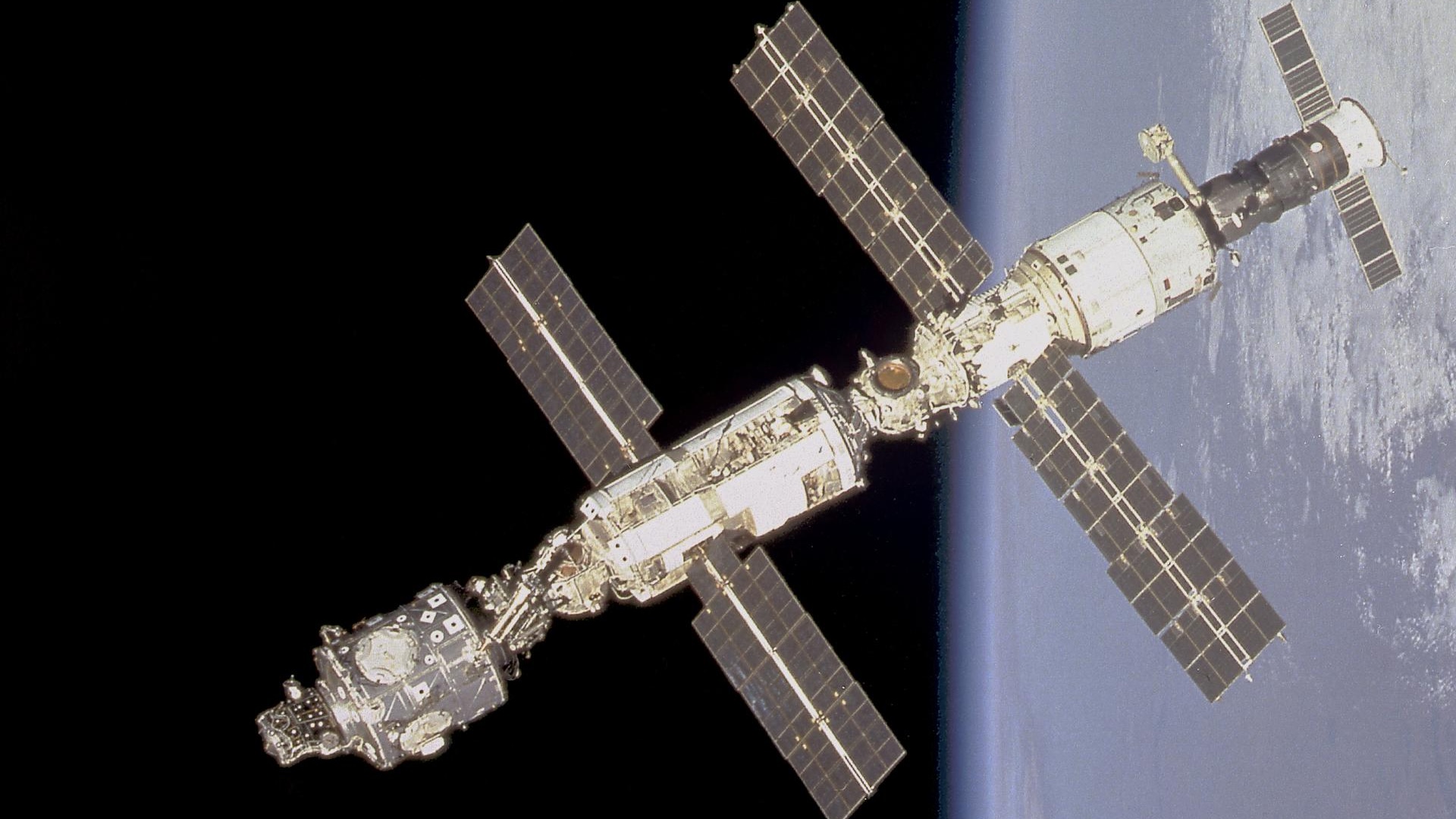Applied Sciences, Vol. 13, Pages 1264: Finding the Least Motion-Blurred Image by Reusing Early Features of Object Detection Network
Applied Sciences doi: 10.3390/app13031264
Authors: Mantas Tamulionis Tomyslav Sledevič Vytautas Abromavičius Dovilė Kurpytė-Lipnickė Dalius Navakauskas Artūras Serackis Dalius Matuzevičius
Taking smartphone-made videos for photogrammetry is a convenient approach because of the easy image collection process for the object being reconstructed. However, the video may contain a lot of relatively similar frames. Additionally, frames may be of different quality. The primary source of quality variation in the same video is varying motion blur. Splitting the sequence of the frames into chunks and choosing the least motion-blurred frame in every chunk would reduce data redundancy and improve image data quality. Such reduction will lead to faster and more accurate reconstruction of the 3D objects. In this research, we investigated image quality evaluation in the case of human 3D head modeling. Suppose a head modeling workflow already uses a convolutional neural network for the head detection task in order to remove non-static background. In that case, features from the neural network may be reused for the quality evaluation of the same image. We proposed a motion blur evaluation method based on the LightGBM ranker model. The method was evaluated and compared with other blind image quality evaluation methods using videos of a mannequin head and real faces. Evaluation results show that the developed method in both cases outperformed sharpness-based, BRISQUE, NIQUE, and PIQUE methods in finding the least motion-blurred image.

 1 year ago
54
1 year ago
54


